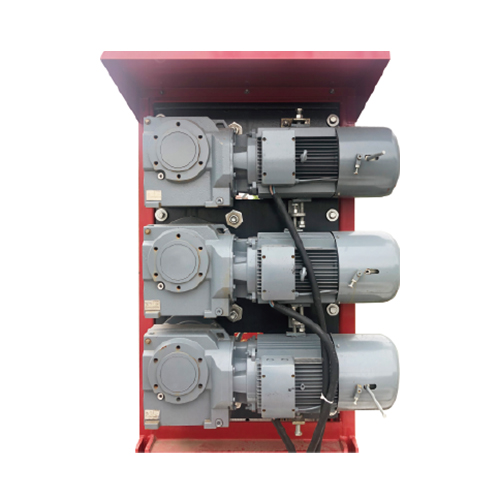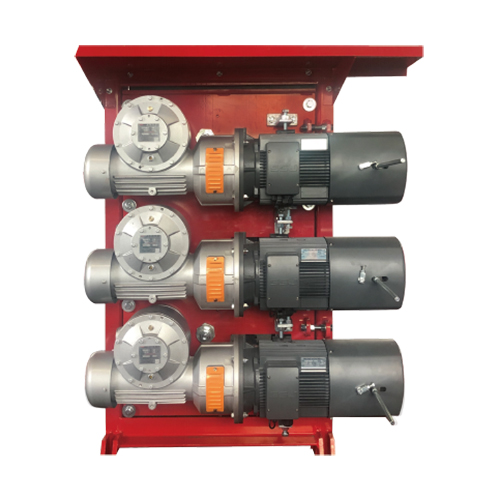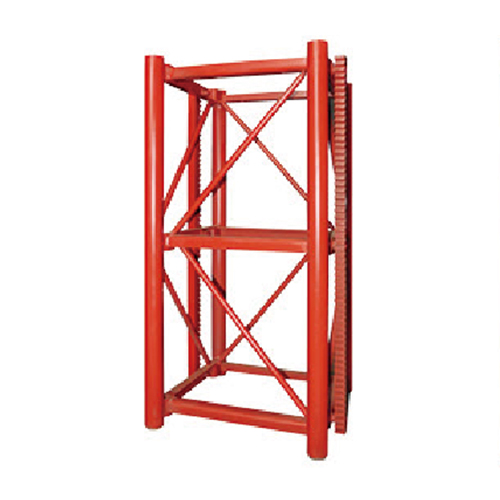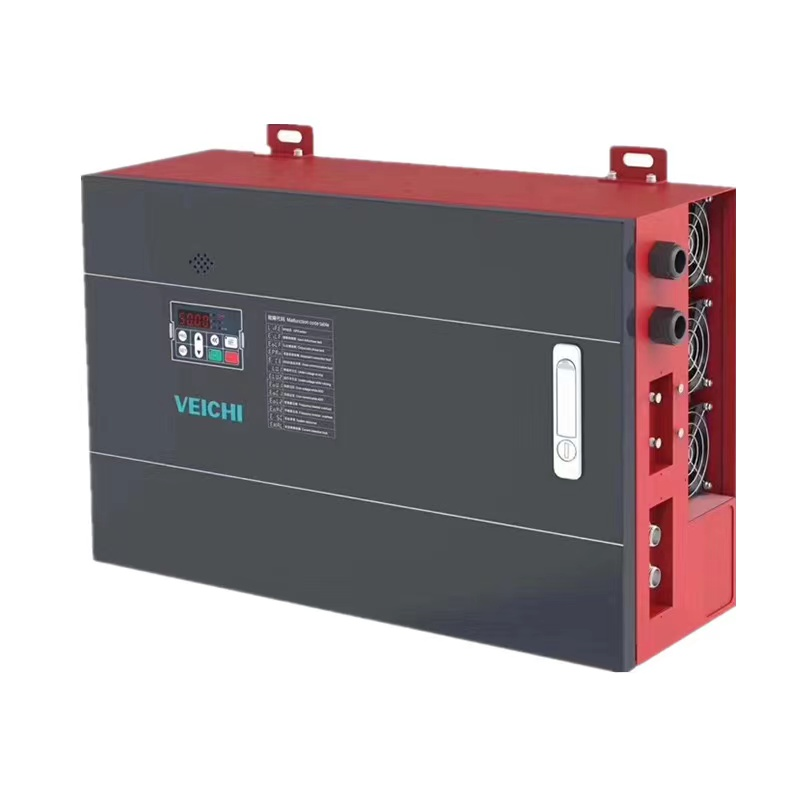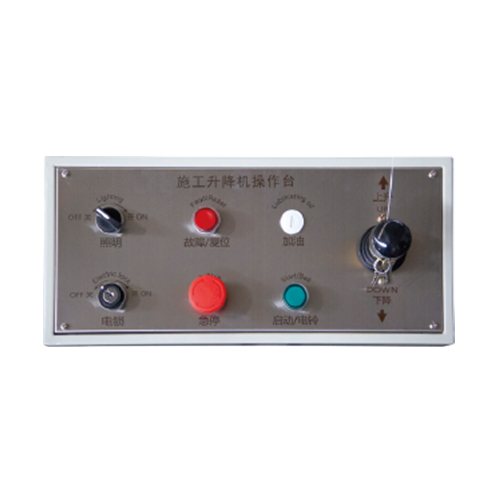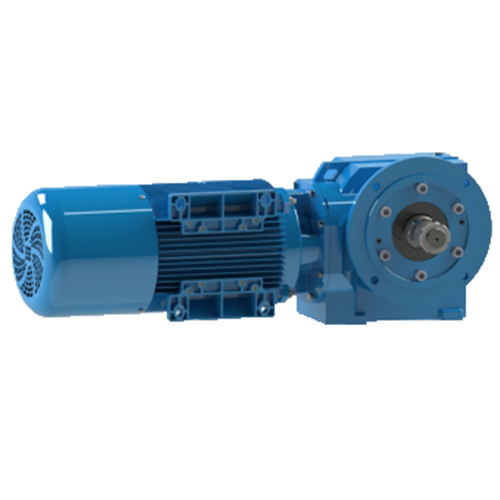Transmission Mechanism
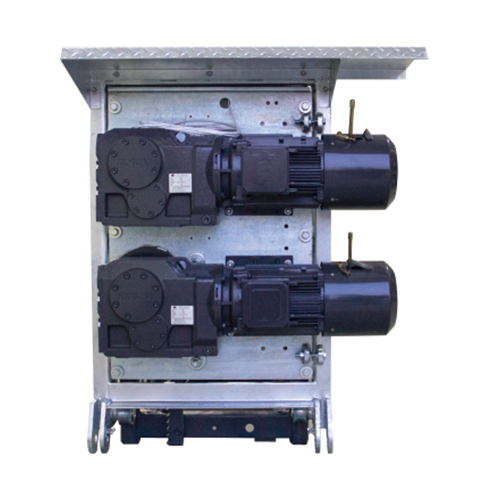
The Transmission Mechanism by DXCM is a sophisticated engineering solution designed to transfer power from a power source to a desired output, enabling the smooth and efficient operation of machinery and equipment in various industrial applications. Serving as the backbone of mechanical systems, the transmission mechanism encompasses a wide range of components including gears, belts, chains, and shafts, meticulously engineered to ensure reliable power transmission and optimal performance. From simple manual transmissions to complex automated systems, DXCM offers a comprehensive range of transmission mechanisms tailored to meet the diverse needs of customers across industries.
Features:
- Precision Engineering: DXCM's transmission mechanism is crafted with precision engineering techniques, ensuring accurate alignment and smooth operation for seamless power transmission.
- Versatile Configurations: With a variety of configurations available including spur gears, helical gears, worm gears, and timing belts, DXCM's transmission mechanisms offer versatility to suit different applications and operating conditions.
- Customization Options: DXCM offers customization options for transmission mechanisms, allowing customers to tailor components to their specific requirements in terms of size, torque capacity, speed ratio, and mounting arrangements.
- Low Maintenance: With durable construction and high-quality materials, DXCM's transmission mechanism require minimal maintenance, reducing downtime and maintenance costs for end-users.
Why Trust DXCM:
DXCM is a trusted leader in mechanical engineering solutions, renowned for its commitment to quality, innovation, and customer satisfaction. With decades of experience and expertise in the field of transmission technology, DXCM has earned the trust of customers worldwide. Our transmission mechanisms are meticulously designed and manufactured to meet the highest standards of performance, reliability, and durability. Whether for industrial automation, automotive applications, or power generation, customers can trust DXCM to deliver transmission solutions that exceed expectations. Choose DXCM for reliable transmission mechanisms that power success in your mechanical systems.
Why trust construction hoist?
Trusting in a construction hoist is paramount for contractors and construction professionals navigating the challenges of vertical transportation on job sites. These towering machines serve as the backbone of efficiency, seamlessly ferrying materials, equipment, and personnel to elevated work areas. What fosters this trust? It's a culmination of factors: the hoist's proven track record, robust safety features, and adherence to industry standards ensure reliability and mitigate risks.
The transmission mechanism finds applications across various industries and sectors, playing a crucial role in facilitating the transfer of power and motion from one component to another. Here are some common applications of transmission mechanisms:
-
Automotive Industry: Transmission mechanisms are integral components of vehicles, responsible for transferring power from the engine to the wheels. In automobiles, transmissions enable the smooth shifting of gears to control speed and torque, ensuring efficient operation and optimal performance.
-
Industrial Machinery: Transmission mechanisms are widely used in industrial machinery such as conveyor systems, manufacturing equipment, and agricultural machinery. They facilitate the transfer of rotational motion and power between different components, enabling the efficient operation of various industrial processes.
-
Power Generation: Transmission mechanisms are essential in power generation systems, including turbines, generators, and wind turbines. They help convert rotational motion into electrical energy, enabling the generation and distribution of power to homes, businesses, and industries.
-
Marine Industry: Transmission mechanisms are employed in marine propulsion systems, including boats, ships, and submarines. They transfer power from engines to propellers, enabling vessels to navigate through water efficiently and control their speed and direction.
*The above data is for reference only. CONTACT US for detailed information and customized solutions.

